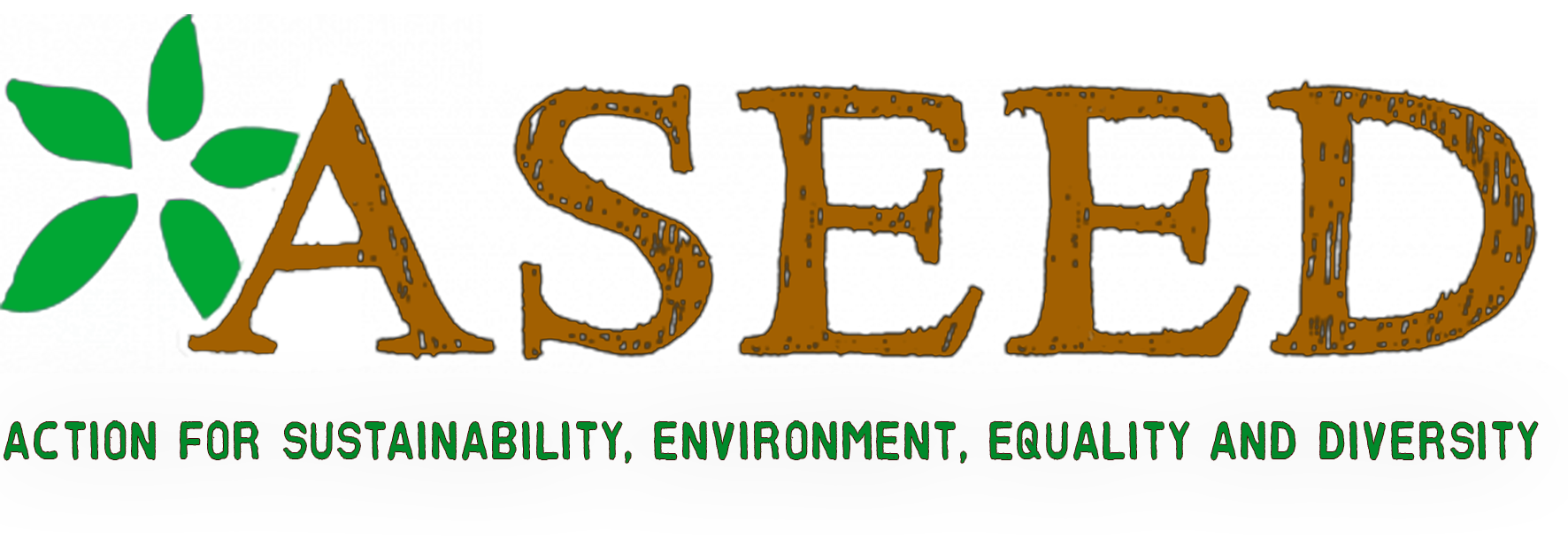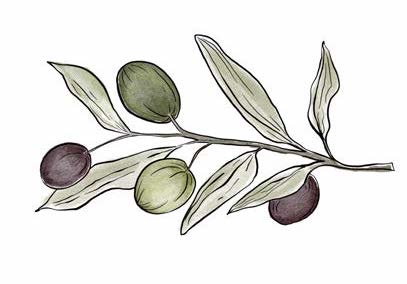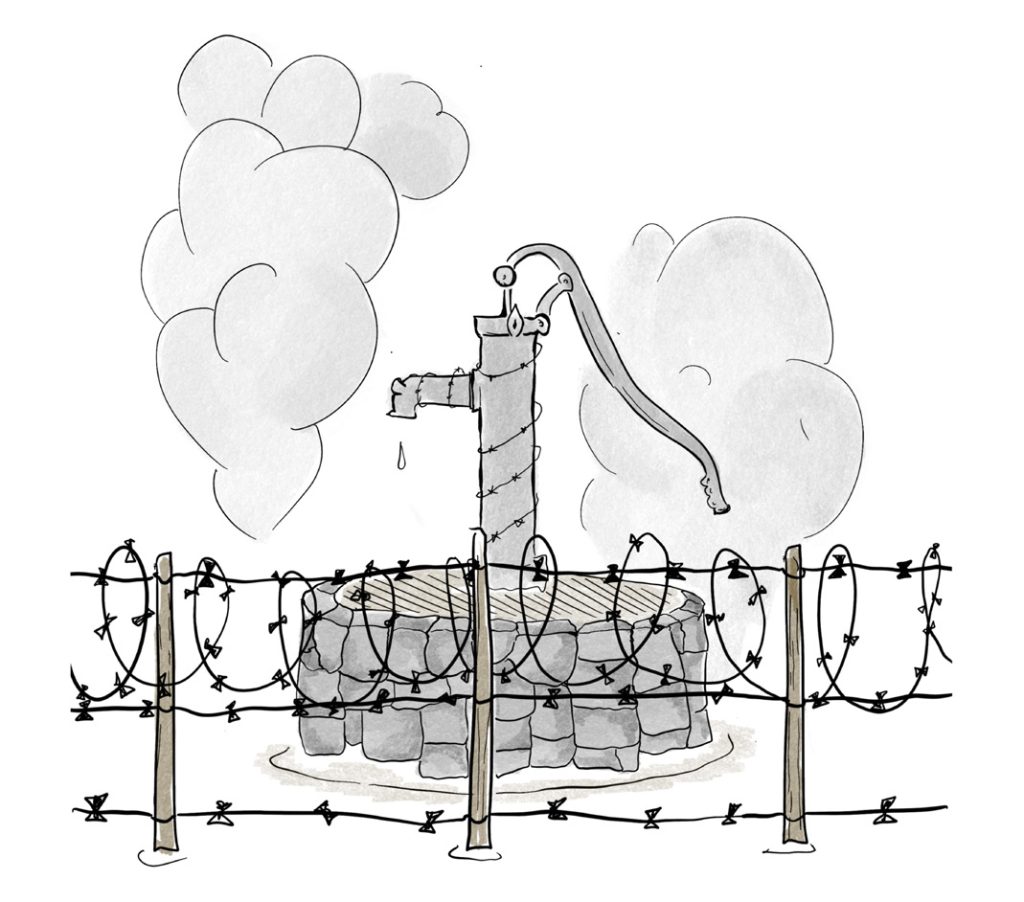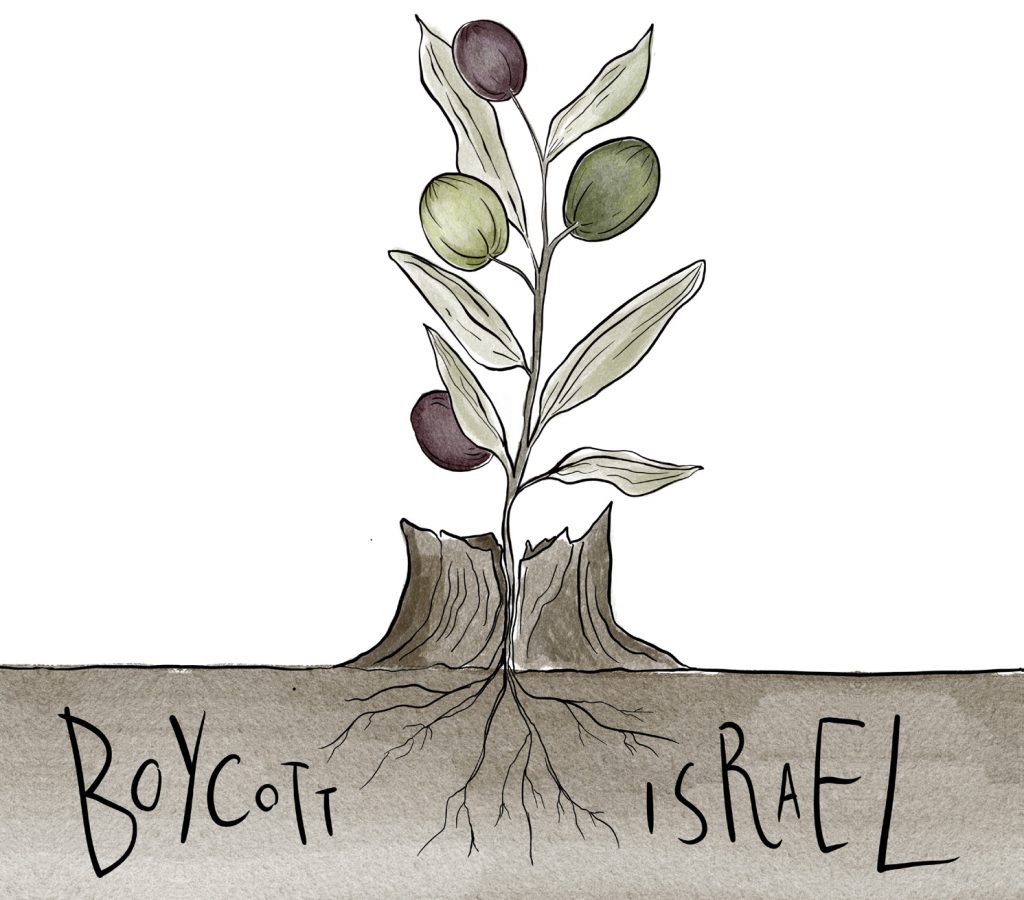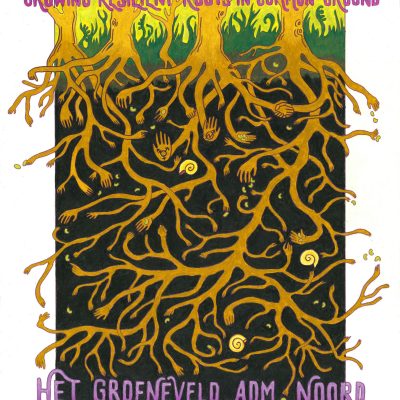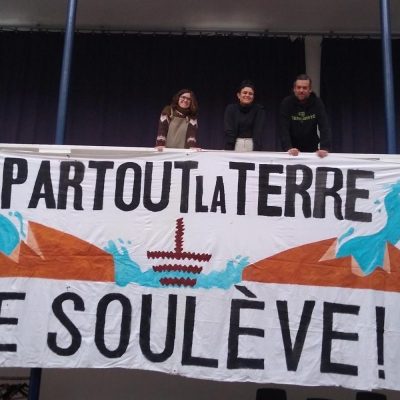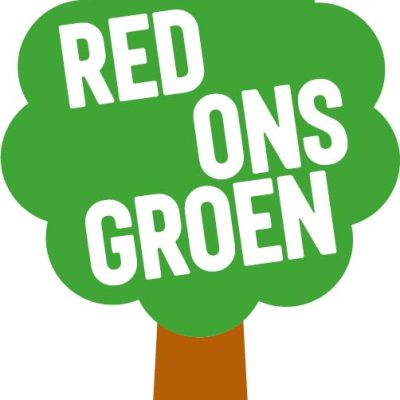Food is the first frontier!
What is Food Sovereignty?
The right of peoples to healthy and culturally appropriate food produced through ecologically sound and sustainable methods, and their right to define their own food and agriculture systems. This includes the right of peoples to control their food resources including land, water, seeds, pastures, animal and fish stocks.
(La Via Campesina)
For Palestinians, the struggle for food sovereignty is an integral part of their fight for self-determination and against military occupation. In 1948, with the creation of Israel, Palestinians were dispossessed of 78% of their land. The remaining 22% – now referred to as the occupied Palestinian territories (OPT) – have since 1967 been occupied by Israel1, which controls natural resources, including land, water, seeds and fisheries. As a result, one third of Palestinians in the OPT, and two thirds in Gaza, are food insecure 2.
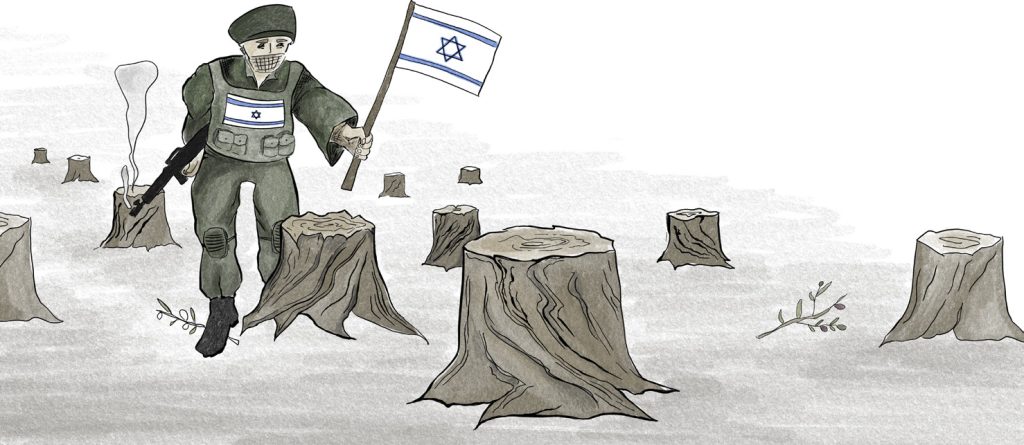
Israel’s agricultural warfare
A multitude of Israeli tactics targeting Palestinian farmland and food security wreck agricultural livelihoods and can force farmers to abandon their lands completely. These include violent and continuous land grabbing (the seizing and theft of Palestinian property), the criminalization of harvesting Palestinian wild plants, and extreme restrictions on movement and land access – for Palestinians – in occupied territories. The examples we mention here hardly scratch the surface of the devastation inflicted on Palestinian lands.
Water apartheid
Before the occupation of Palestine, water was not a scarce resource3. Since 1967, Palestinian access to water has been controlled by Israeli authorities. Palestinians are denied access to the Jordan River and fresh water springs; they are unable to drill new water wells, install pumps or deepen existing wells.
Israeli pumping stations close to Palestinian villages – and illegal settlements – dry up Palestinian springs. Israel even controls the collection of rainwater throughout most of the West Bank, and rainwater harvesting cisterns owned by Palestinian communities are often destroyed by the Israeli army. Between 2012-2021, approximately 572 Palestinian water, sanitation, and hygiene structures in the West Bank were demolished by the occupation army4. Israeli state-owned water company Mekorot controls the entire water grid of the West Bank5 – illegal settlements enjoy unrestricted access to water.
Fishing
The Palestinian fishing sector has almost completely collapsed under the Israeli occupation. The Israeli army frequently attacks fishing boats in Palestinian waters. Despite the Oslo Accords allocating 20 nautical miles off the coast of Gaza, fishermen that venture beyond 3-6 miles risk getting killed.
Herbicide spraying
Since 2014, Israeli crop duster planes have been systematically spraying herbicides, including glyphosate, during harvest periods, often when the wind blows towards fertile lands in Gaza6.This decimates Palestinian crops and creates chemical health hazards. Much of this spraying is done in Gaza along the Israeli military “buffer zone”, which includes much of the fertile land in the Gaza strip. The spraying renders agricultural land both infertile and inaccessible to Palestinians.
Settlement agriculture and exports
Many Palestinian farmers whose lands have been stolen or rendered infertile are forced to take jobs on settlement farms. Agriculture is the main source of income for Israeli settlements. The EU, for example, imports 15x more from illegal Israeli settlements than from Palestinians7, and most dates sold in the Netherlands are Israeli exports8. Checkpoints, roadblocks and other mobility restrictions inflate transportation costs and further restrict Palestinian’s ability to compete with Israeli goods. Exports from Gaza are almost completely banned, and imports restricted by the blockade9. Israeli fruits and vegetables dominate Palestinian markets. Most Israeli produce is exported to the EU, and the produce that does not meet quality requirements – and which often greatly surpasses limits on chemical / pesticide content – is dumped into the Palestinian market10.
Palestine will be free!
Some seeds of Palestine’s agricultural resistance…
October and November in Palestine are the olive harvest, which is seen as a national occasion that celebrates Palestinian connection to the land11. Past years have seen increases in settler attacks on Palestinian olive groves during harvest season. Since Israel’s most recent attempt to carry out a genocide in Gaza began on October 7, 2023, nearly two million Palestinians have been displaced, many of them from their land. People who have tried to return to their land and crops have been targeted by military fire. Still, we want to acknowledge and give grace to some agricultural resistance and self-determination projects that have developed in Palestine:
Vivien Sansour’s Heirloom Seed Library
This project tracks down Palestinian heirloom seeds – seeds that have been carefully selected and cultivated by indigenous people for hundreds or thousands of years. Since the occupation, policies targeting farmers are forcing them to abandon indigenous heirloom varieties in favor of varieties developed by Israeli seed companies. Tracking down, re-introducing and saving heirloom seeds is a method of resistance.
Om Sleiman Farm
Om Sleiman farm is an organic community-supported agriculture (CSA) farm in Bil’in, which has been under full Israeli control since 1967. The farm provides between 30 and 40 families with shares of organic vegetables. it uses seasonal and heirloom practices, and emphasizes regeneration and community education. The farmers describe the farm as “a declaration of agency and imagination.”12
[graphics by ilya]
